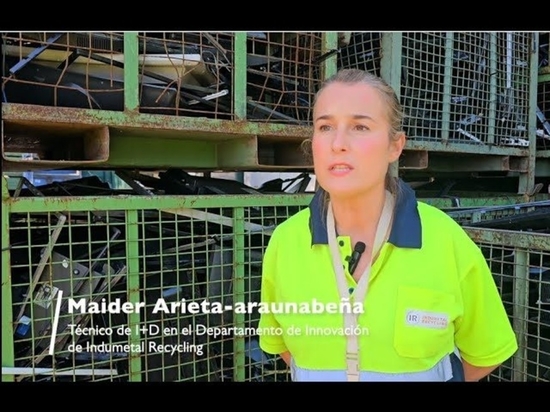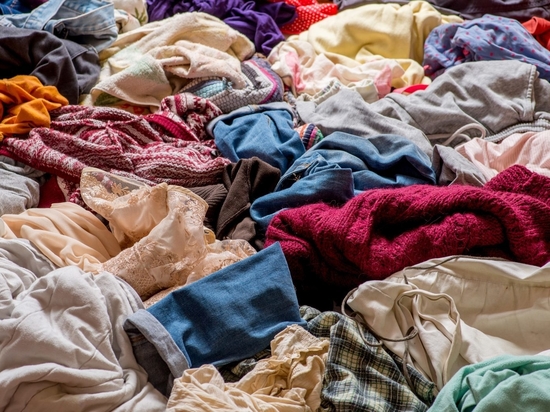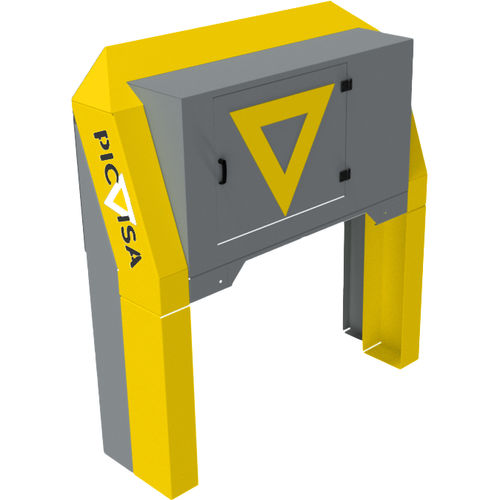
#Industry News
Recycling waste management: The key to a sustainable future
Recycling waste management: The key to a sustainable future
Translate to French
Circular economy, Waste recycling
Recycling waste management: The key to a sustainable future
If you have bought a new mattress and need to dispose of the old one, do not leave it abandoned in public spaces, not even next to garbage containers. You should contact your local City Hall and find out how to request a special collection service for large waste items from the relevant department. Every year in Spain, around three million mattresses are discarded; more than half—about 8,000 tons of polyurethane—end up dumped in illegal landfills. Fortunately, many people dispose of them at designated waste collection points, but the truth is that only 10% of mattresses are recycled, far below the recycling rates in France and the Netherlands, which hover around 70%.
If you live in a house with a garden, you likely have a special bin for disposing of tree and shrub trimmings, grass clippings, and other organic waste. Make sure to check which day you should place your bin outside for collection by the green waste truck. This waste will be taken to a composting facility to be turned into high-quality compost, a natural fertilizer for soil and plants.
Keep in mind that the water you drain while washing dishes in the kitchen sink or the water used in your bathroom sink and shower all end up in the same place. Indeed, all liquids, including human waste, are discharged into the sewage system. The water is treated and recycled, so never flush sanitary pads, tampons, cleaning wipes, and especially not condoms, cigarette butts, or any other non-biodegradable items down the toilet! Similarly, never pour cooking oil down any sink or toilet drain. Instead, collect it in a plastic bottle and, once full, take it to the appropriate disposal location. You may have noticed special containers on the streets designed for collecting these bottles. If there are none in your area, you should take them to a designated waste collection point.
According to the report Used Cooking Oils: Environmental Issues, Impact on Sanitation Networks, and Treatment Costs in Wastewater Plants, the estimated annual consumption of cooking oil in Spain—across households, hospitality, and food service industries—is about 580,000 tons, which equals 12.8 liters per person per year. This oil carries 5,000 times more pollutants than wastewater, meaning that just one liter can contaminate 40,000 liters of water—the equivalent of a person’s annual household water consumption. The cost of treating this pollution to mitigate its environmental impact is €0.46 per liter, which is 700 times higher than what consumers currently pay for wastewater treatment.
Ultimately, we must recycle all products we no longer use, along with all our waste. This is the first step toward an effective and efficient management of recyclable waste, which is essential for contributing to the planet’s sustainability. It is a crucial process, as is understanding the best methods for recycling and the key benefits of doing so. The goal is to transition from a linear economy to the much-needed circular economy—one that allows us to build a better world in the short, medium, and long term, keeping in mind the future generations who will inherit it.
What is the management of recyclable waste?
It is the set of activities required for the treatment of waste, from its generation to its disposal or reuse. Recyclable waste, which can originate from urban sources—such as household or commercial activities—or from industrial processes, can be reused and therefore repurposed in some way. The process that allows for the planning and implementation of proper waste management—in a safe, effective, and efficient manner—includes several stages: collection, transportation, treatment, and final disposal or elimination of waste, while also managing all potential risks associated with this activity.
A recyclable waste management strategy should prioritize, above all, promoting waste reduction. Let’s stop purchasing low-quality clothing! Let’s avoid buying deli products in plastic trays; instead, let’s ask the attendant behind the counter to wrap them in wax paper—the way it used to be done!
An appropriate waste management strategy should also encourage recycling and, of course, composting. All of this aims to reduce the amount of waste that needs to be processed and disposed of. But why is it so important to implement proper waste management?
Reducing the amount of waste sent to landfills helps protect the environment.
It contributes to protecting human health by minimizing exposure to risks, especially those associated with hazardous waste or POP (Persistent Organic Pollutant) waste. POP waste is toxic to both human health and the environment because it is resistant to degradation. It is also bioaccumulative, meaning it becomes incorporated into the tissues of living organisms and can increase in concentration as it moves up the food chain. Additionally, these pollutants have the potential to travel long distances, reaching regions where they were never produced or used.
It helps reduce production costs by maximizing the efficiency of systems and processes.
Types of recyclable waste
Waste can be solid, liquid, or gaseous, each requiring specific management and disposal methods. If we focus on MSW (Municipal Solid Waste), we know that in the yellow container, along with beverage cans, food cans, and Tetra Pak containers—which are difficult to recycle due to their combination of cardboard, plastic, and aluminum—we should dispose of plastic bottles and any other plastic containers, as they are recyclable. We have already discussed the importance of understanding plastic recycling symbols and making the most of this material.
Other types of recyclable MSW include paper and cardboard, which should be disposed of in the blue container, as well as glass bottles and jars, clothing, and textiles. We have previously explored why recycling clothing and textile waste is a priority for the planet. Additionally, many other reusable materials can be extracted from electronic waste, various metals, and even lithium batteries, which are widely used in everyday technological devices.
Recycling waste management for businesses
It is not only essential to properly manage MSW, but also waste generated by business activities. Any waste that comes from commercial activity is considered business waste. Even if you use a room in your home to run a business or work, any waste generated in that area is classified as commercial waste.
Business waste includes waste from the construction sector, demolition activities, industry—regardless of its type or size—and agriculture. Manufacturers of products that eventually turn into waste may be subject to a set of obligations aimed at promoting waste prevention and improving reuse, recycling, and recovery processes.
At least in Spain, the implementation of these measures is carried out through specific regulatory developments for each waste stream, where the Extended Producer Responsibility (EPR) framework is defined. Currently, the waste streams subject to specific EPR regulations are as follows. See legal references:
Packaging and packaging waste
Batteries and accumulators
Waste electrical and electronic equipment (WEEE)
End-of-Life tires and used industrial oils
Vehicles at the end of their useful life
PICVISA, well known among organizations specialized in waste recycling and in industries that generate waste and seek to recycle it, is committed to continuing research to advance the development of innovative technologies for waste classification and detection.
Through this commitment, our company has positioned itself as an innovative leader in waste management, not only in Spain but beyond. We are dedicated to environmental sustainability and, of course, to supporting both our current and potential customers. That is our purpose.





